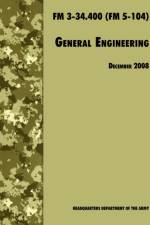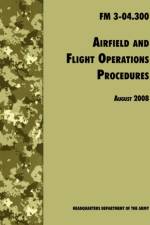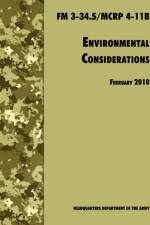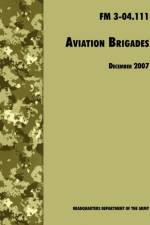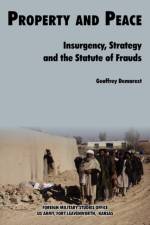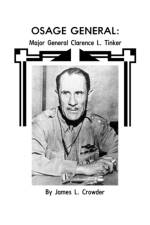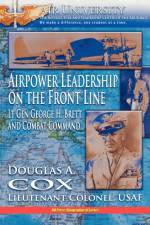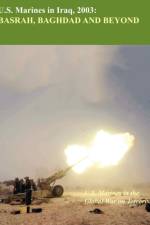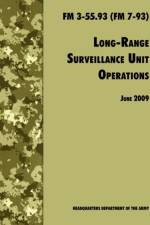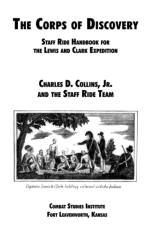von Faculty Staff & Comabt Studies Instiute
30,00 €
Reprint of 1995 study. Contains a series of essays a series of essays analyzing various combat engagement and military leaders throughout history. They include examples of brilliant success and dismal failure. Most of all, they offer today's military professional perspective insight into the essence of their calling: command and leadership. Topics in this issue include: Gustavus Adolphus & the Crossing of the Lech, Frederick the Great and the Battle of Leuthen, Old Fritz Stumbles: Frederick the Great at Kunersdorf, 1759, Andrew Jackson's Iron Will in the Creek War, 1813-1814, Jacob Brown & Winfield Scott in the Niagara Campaign of 1814, Menshikov at Inkerman: A Failure to Command, Battle Command Incompetencies: John C. Pemberton in the Vicksburg Campaign, William S. Rosecrans & Battle Command Competencies, Maj. Gen. Gordon Granger at Chickamauga, 20 Sept 1863, Senior-Level Leadership at the Battle of the Crater, intuitive Vision Versus Practical Realities: Custer at the Battle of the Little Bighorn, William M. Campsey; Custer's Vision, Leadership at Plevna, 11-12 September 1877, The Rock of Gallipoli, Originality & Success: Lieut. Gen. Monash & the Battle of Hamel, Jul 1918, Seeing the Battlefield: Brigadier Gen. Norman D. Cota's Bastard Brigade at Omaha Beach, Harmon and Collins at the Bulge: Committing the 2d Armored Div., 22-28 Dec 1944, Eichelberger at Buna: A Study in Battle Command, Chen Yi and Deng Ziaoping Question a Mission, Douglas MacArthur & the Advance to the Yalu, Nov 1950, Invoking Force of Will to Move the Force, Capt. William E. Barber, Commander, Fox Company, 7th Marine Regt, Toktong Pass, North Korea, 27 Nov-2 Dec 1950, Military Operations Other Than War: Dominican Intervention of 1965-66.

